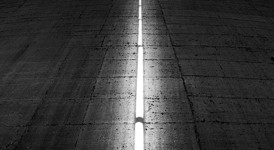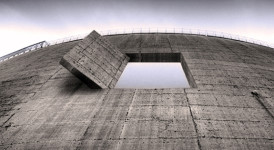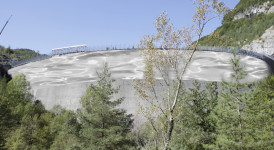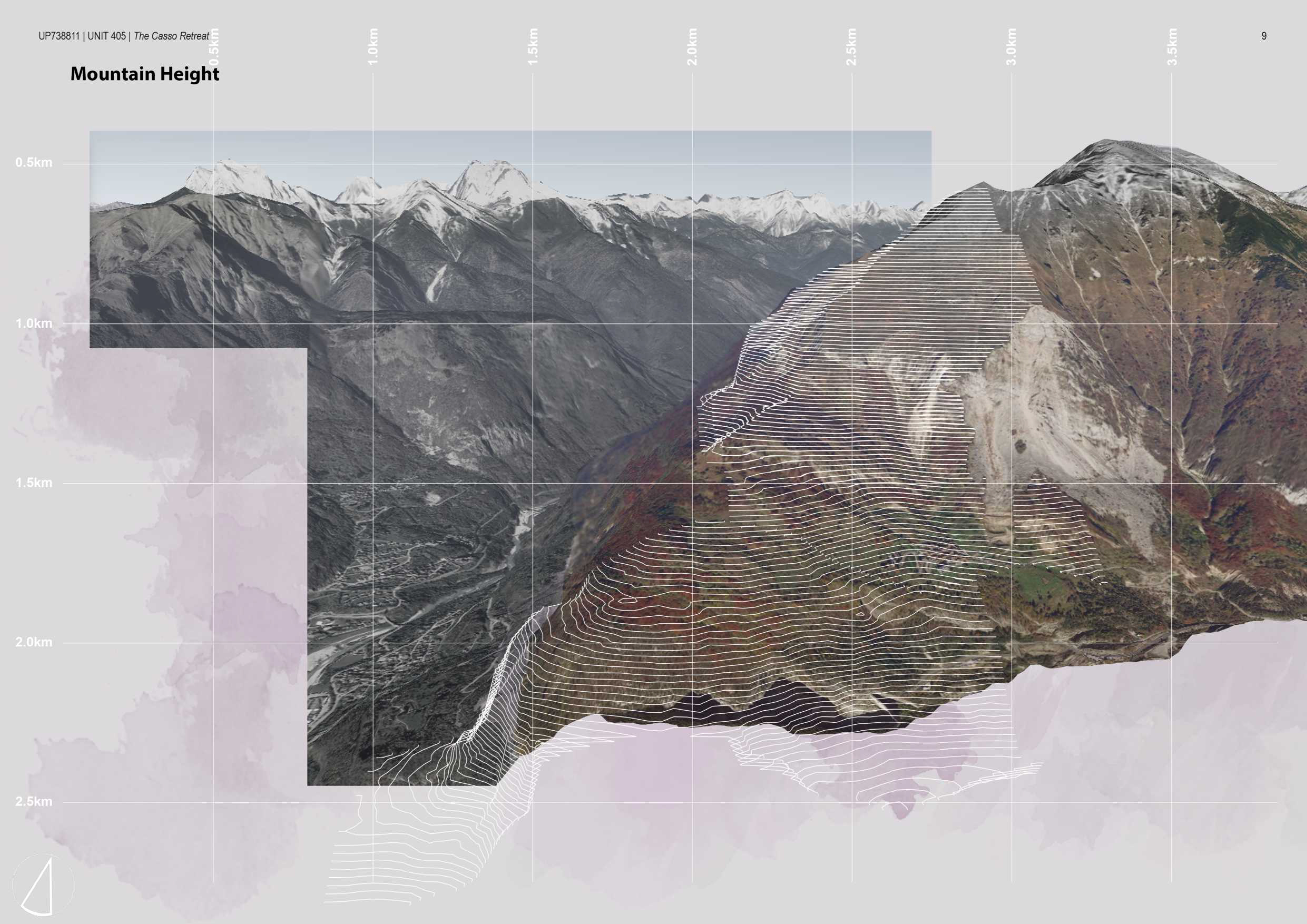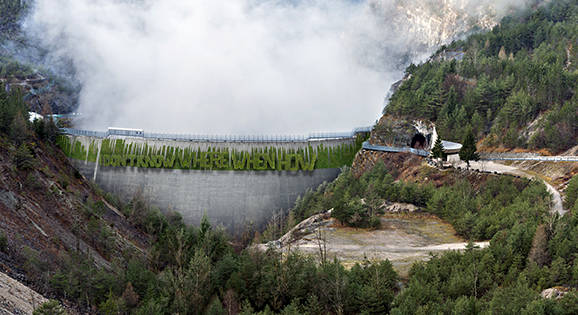
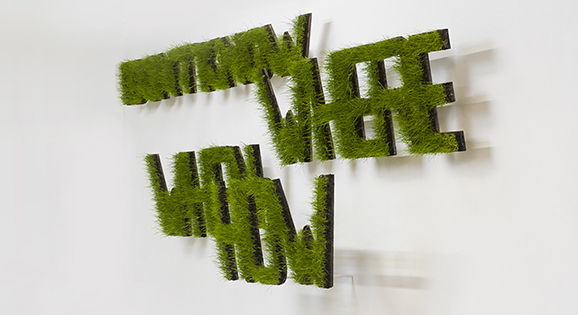
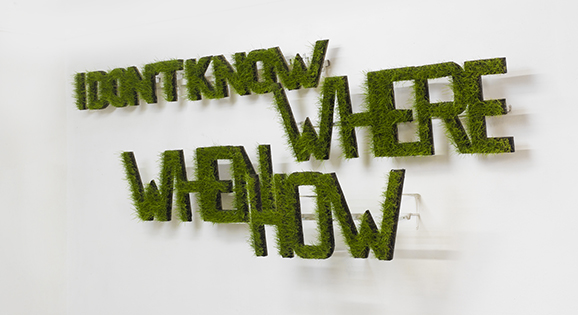
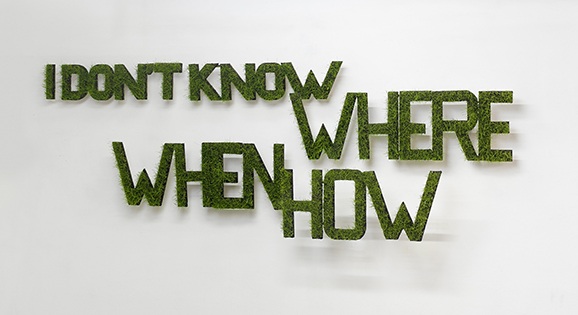
With this project, I would like to show the dam as an integral part of the landscape and that, as time goes on, the nature could get back what has been taken from it.
On the dam, the grass follows the sign left by waterflow becoming itself a vertical landscape.
On the one hand, the things written invite the viewer to think about the meaning of life, on the other hand the grass reminds of its fragility.
I adopted English as target language to bring the message to a broader dimension.
The words of the writing “I don’t know where when how” are on different levels (see picture) so they can break the curvilinear shape of the dam.
The materials are grass, ground and metal structures; the vertical wall made of grass can be provided by different companies.
–
Con questo progetto vorrei che la diga diventasse parte integrante del paesaggio e che con il tempo la natura si riappropriasse di quello che le è stato tolto.
Sulla diga, l’erba segue il segno che l’acqua ha lasciato, diventando essa stessa un paesaggio verticale.
Le scritte invitano lo spettatore ad una riflessione sulla vita, mentre l’erba ricorda la fragilità della stessa.
Ho scelto la lingua inglese non per convenzione, ma per portare il messaggio in una dimensione meno circoscritta.
Le parole si trovano su piani diversi, in modo tale da spezzare l’andamento curvilineo della parete della diga.
I materiali della scritta “I don’t know where when how” sono erba, terra e strutture metalliche, mentre per il prato sulla diga viene impiegato un prato verticale, oggi prodotto e commercializzato da diverse ditte.
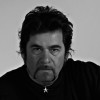
 tezze sul brenta
tezze sul brenta
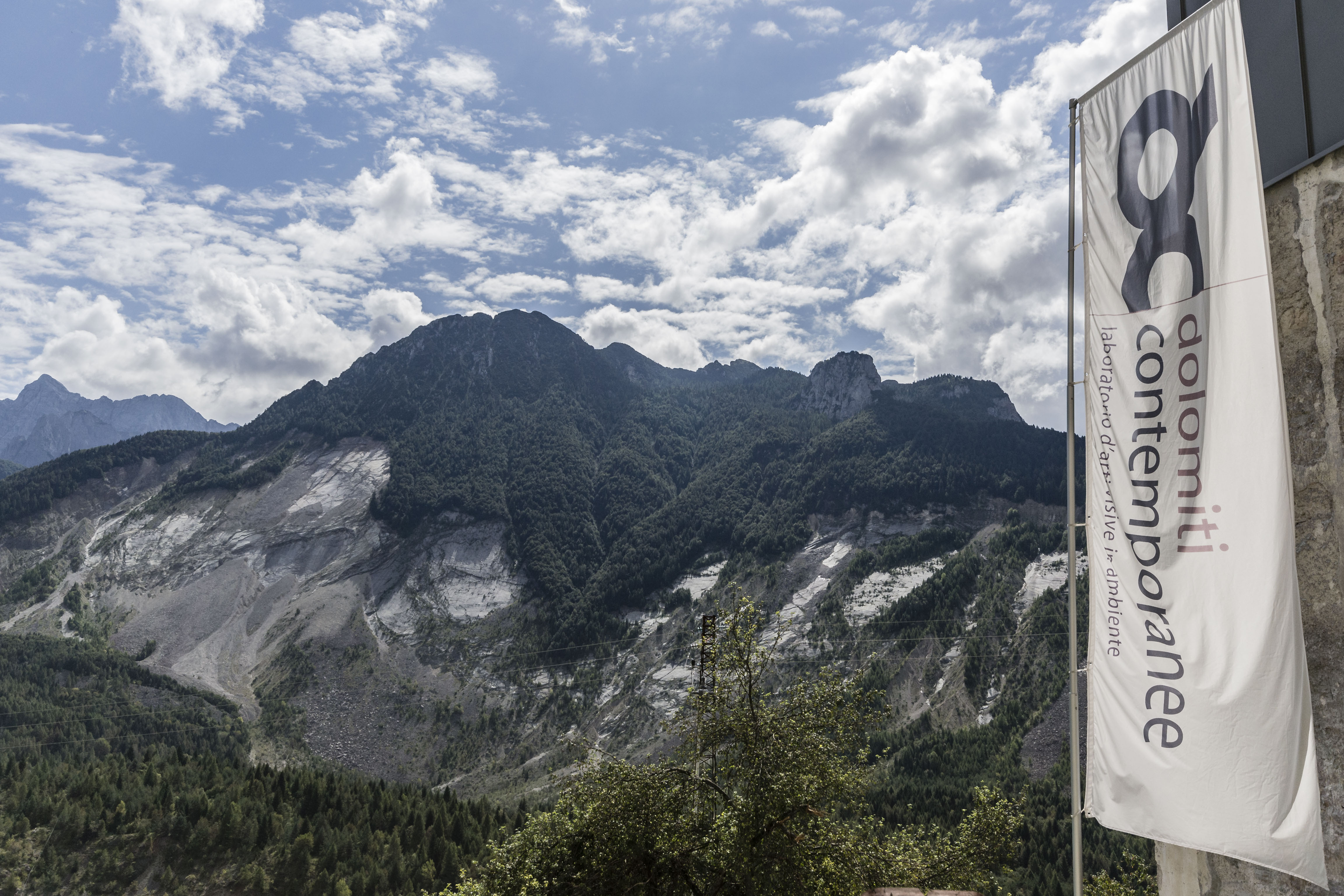
Tuesday, June 15th 2021, 2 – 4 PM, webinar panel:
two calls for vajont: fase _restart.
Vajont: [...]





